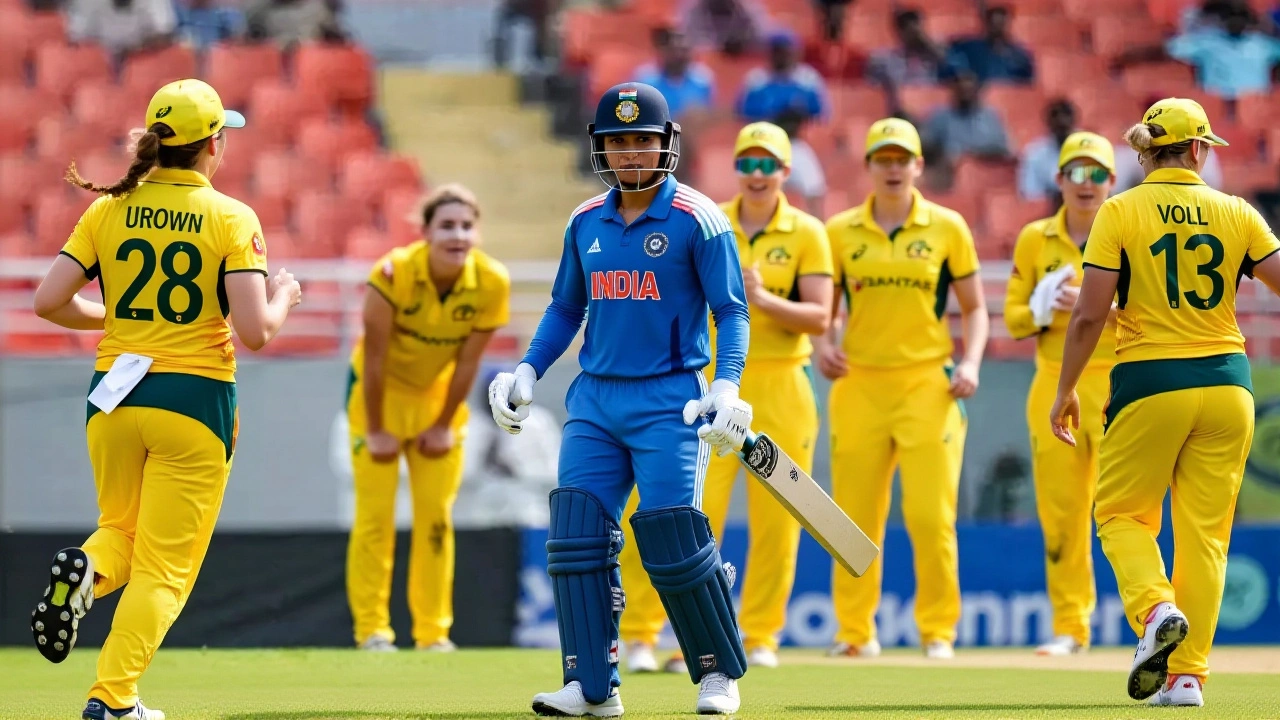Women Cricket
When talking about women cricket, the sport played by female athletes under the same rules as men's cricket, gaining its own global following and tournament calendar, you instantly think of fast‑bowling action, big scores, and passionate fans. Also called women's cricket, it has grown from niche matches to prime‑time events that draw millions of viewers. Below you’ll see how this fast‑moving game connects with bigger ideas and why it matters right now.
The International Cricket Council, the global governing body that sets rules, organises world cups, and promotes the sport worldwide plays a pivotal role. The ICC’s push for equal prize money and more broadcast slots directly fuels gender equality, the effort to give women the same opportunities, pay and visibility as men in sport. When the council announced equal pay for the 2022 Women's World Cup, it sent a clear message: the women's game is not a side‑show, it’s a main act.
One of the biggest catalysts for growth is the T20 format, a 20‑overs‑per‑side version that packs excitement into a three‑hour match. T20’s quick pace fits TV schedules and social media, so fans binge‑watch matches and share highlights instantly. This format has turned obscure national teams into household names and opened doors for new talent to shine on the world stage.
Why women cricket matters today
Domestic competitions like the Women's Big Bash League, Australia’s premier women’s T20 league that showcases local and international stars act as talent pipelines. Players sharpen skills, earn professional contracts, and build fan bases before stepping onto the international arena. Similar leagues in India, England, and South Africa follow the same model, creating a global ecosystem where a young cricketer can dream of playing in front of packed stadiums.
These leagues also illustrate another semantic triple: women cricket drives commercial sponsorships, which in turn fund grassroots programs. When brands see high viewership numbers, they invest in team kits, stadium upgrades, and youth academies. That investment circles back to the national teams, raising standards and making the sport more competitive.
Beyond the pitch, the sport influences culture. Schools now include women cricket in physical education, and community clubs host free coaching clinics. This grassroots push helps break stereotypes and encourages girls to pick up a bat or ball without hesitation. In many countries, the rise of women cricket correlates with broader conversations about women’s empowerment and leadership.
Technology also plays a part. Data analytics, video coaching and live‑stream platforms give players instant feedback and fans a deeper connection. Social media amplifies player personalities, letting fans follow their journeys from junior leagues to the World Cup. The result is a more engaged audience that feels personally invested in each game.
Looking ahead, the next big steps include expanding the ICC Women’s Championship, adding more bilateral series, and launching new domestic leagues in untapped markets. Each of these moves will tighten the network of competitions, provide more playing opportunities, and keep the sport in the global spotlight.
Below you’ll find a curated list of the latest articles, match reports, and player interviews that dive deeper into all these angles. Whether you’re a casual fan, a budding cricketer, or someone interested in the business side of sport, the collection has something for you.
India Women fined 10% for slow over-rate in ODI vs Australia
India's women lost the series to Australia and were hit with a 10% fine for a slow over-rate, as captain Harmanpreet Kaur accepted the penalty.

 Cricket
Cricket